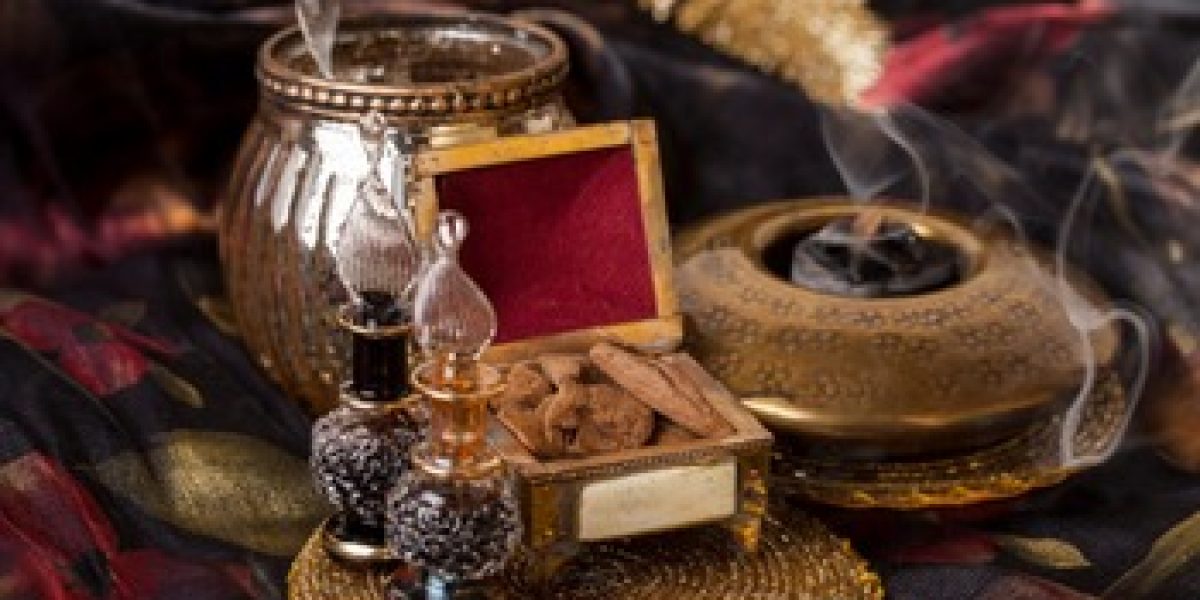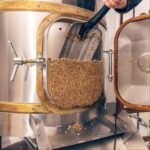Oud, often referred to as “liquid gold,” is one of the most coveted and expensive raw ingredients in the world of perfumery, incense, and traditional medicine. Its deep, complex, and intoxicating aroma has captivated cultures for centuries, particularly in the Middle East and Asia. But what precisely makes this fragrant resin so incredibly costly? The answer lies in a confluence of rarity, a painstaking production process, surging global demand, and its profound cultural significance. Explore more Why Is Oud So Expensive
The Elusive Genesis: Rarity at its Core
The primary driver of oud’s astronomical price is its extreme scarcity. Oud is derived from the resinous heartwood of specific species of Aquilaria trees, primarily found in the tropical forests of Southeast Asia. However, not every Aquilaria tree yields this precious substance. The formation of oud is a natural defense mechanism triggered only when the tree becomes infected by a specific type of mold, Phialophora parasitica.
This natural infection is an infrequent occurrence, affecting only a small percentage of wild Aquilaria trees – estimates suggest less than 2%. Furthermore, once infected, the tree takes many years, often decades (10 to 30 years or even more), to produce enough of the dark, aromatic resin that constitutes oud. This lengthy maturation period means that immediate large-scale production is simply not possible, making truly wild and naturally formed oud exceptionally rare.
A Labor of Love: The Meticulous Extraction Process
Even once an infected Aquilaria tree is identified, the journey from tree to fragrant oil is far from simple. The extraction of oud is an incredibly labor-intensive and time-consuming endeavor that demands immense skill and precision.
First, skilled harvesters must carefully identify and remove only the resin-rich sections of the wood, leaving the uninfected portions intact where possible. This requires an intimate understanding of the tree and the infection process. The harvested wood is then meticulously cleaned, chipped, and often soaked in water for days or even weeks to prepare it for distillation.
The most common method for extracting the oil is steam distillation, a slow and delicate process that can take several days or even weeks for a single batch. Any slight error in temperature or method can compromise the quality of the precious oil. The yield of oil from the raw wood is remarkably low; it can take thousands of kilograms of infected wood to produce just one liter of pure oud oil. This significant material requirement and the highly skilled labor involved in every step contribute substantially to the final cost. Moreover, some high-quality oud oils are aged for months or years, further enhancing their complexity and pushing prices even higher.
A World Enchanted: Soaring Global Demand
The allure of oud extends far beyond its traditional strongholds. While deeply rooted in Middle Eastern and South Asian cultures, where it is used in religious ceremonies, traditional medicine, and as a symbol of hospitality and wealth, oud has witnessed a remarkable surge in global demand. Luxury perfume houses worldwide have embraced oud as a signature note in their high-end fragrances, drawn to its unique depth, longevity, and perceived opulence.
This increasing demand, coupled with the severely limited supply of natural oud, creates a classic economic scenario where prices are driven skyward. As consumers increasingly seek unique, natural, and prestigious fragrances, oud fills a niche that few other ingredients can. The growing awareness and appreciation for fine perfumery in Western markets have further amplified this demand.
The Shadow of Unsustainability and the Rise of Cultivation
The immense value and demand for oud have unfortunately led to widespread overharvesting and illegal logging of wild Aquilaria trees, pushing several species towards endangerment. This has prompted conservation efforts and international regulations, such as CITES (Convention on International Trade in Endangered Species of Wild Fauna and Flora), to protect these vulnerable trees.
While necessary for conservation, these regulations further restrict the supply of wild oud, contributing to its high price. In response, sustainable cultivation practices have emerged, involving the artificial inoculation of Aquilaria trees on plantations. While these cultivated sources offer a more ethical and sustainable alternative, the lengthy growth cycles and the resources required for controlled resin induction still make it an expensive undertaking. Furthermore, many connoisseurs argue that plantation-grown oud, while valuable, often lacks the profound complexity and nuanced aroma of truly wild, naturally formed oud.
Conclusion
Oud’s “liquid gold” status is a testament to its multifaceted value. Its exceptional rarity due to specific natural conditions, the laborious and time-consuming extraction process, and the ever-increasing global demand from discerning consumers and luxury brands all converge to create an ingredient that commands a premium unlike almost any other. As efforts towards sustainable sourcing continue, the future of oud will likely involve a delicate balance between preserving wild populations and expanding responsible cultivation, ensuring that this captivating and culturally significant scent remains available, albeit at a price that reflects its true preciousness. Visit the official website of fragrancelord.com












